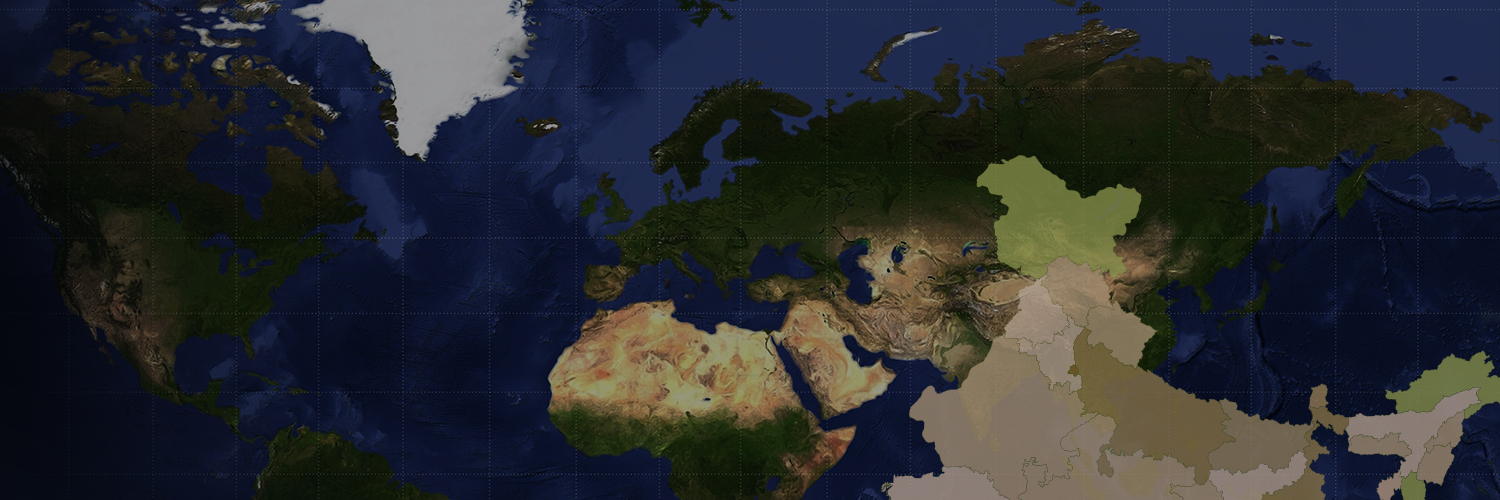Types of Resources
On the Basis of Origin
- Biotic Resources: These resources have life and are obtained from biosphere.
- Abiotic Resources: These resources are composed of non-living things.
On the Basis of Exhaustibility
- Renewable Resources
- Non-Renewable Resources
On the Basis of Ownership
- Individual Resources
- Community Owned Resources
- National Resources
- International Resources
On the Basis of the Status of Development
- Potential Resources
- Developed Resources
- Stock
Resource Planning
- Certain resources are available in some regions that can thus be considered self-sufficient, while other regions have acute shortage of some vital resources.
- Thus, balanced resource planning at the national, state, regional and local levels is required.
Resource Planning in India
- Identification and inventory of resources across the regions of the country
- Evolving a planning structure endowed with appropriate technology, skill and institutional set up for implementing resource development plans
- Matching the resource development plans with overall national development plans
Conservation of Resources
- The first international step was taken by the Club of Rome who advocated resource conservation in 1968.
- The Brundtland Commission Report, 1987 made the seminal contribution with respect to resource conservation at the global level.
- At the Earth Summit at Rio de Janeiro, Brazil in 1992, another significant contribution was made.
Soil as a Resource
- Soils of India are classified on the basis of the factors responsible for soil formation, colour, thickness, texture, age, chemical and physical properties
Classification of Soils
Alluvial Soils
- It is the most commonly found and important soil that makes up the entire northern plains and Rajasthan and Gujarat, passing through a narrow corridor.
- These have formed by deposits of three important Himalayan river systems– the Indus, the Ganga and the Brahmaputra.
Black Soil
- These soils are known as regur soils and are black in colour and are ideal for growing cotton.
- These soils are made up of extremely fine i.e. clayey material and have high capacity to hold moisture.
Red and Yellow Soils
- Red soil is common in areas of low rainfall in the eastern and southern parts of the Deccan plateau because of crystalline igneous rocks.
- These soils are also found in parts of Odisha, Chhattisgarh, southern parts of the middle Ganga plain and along the piedmont zone of the Western Ghats.
Laterite Soil
- Laterite soil occurs mostly in southern states, Western Ghats region of Maharashtra, Odisha, some parts of West Bengal and North-east regions.
- It is rich in humus in places where the soils support deciduous and evergreen forests, lacks humus in areas of sparse vegetation and in semi-arid environment.
Arid Soils
- Arid soils are generally sandy in texture and saline in nature and range from red to brown in colour.
Forest Soils
- These soils are found in the hilly and mountainous areas where sufficient rain forests are available.
- These soils experience denudation and are acidic with low humus content in the snow clad Himalayas.
Soil Erosion and Soil Conservation
- Soil formation and erosion take place at the same time the processes are generally balanced unless disturbed due to human activities like deforestation, over-grazing, construction and mining etc.
- Soil erosion, on the other hand is caused by natural forces like wind, glacier and water.
- Gullies are formed when the running water cuts through the clayey soils and makes deep channels and makes the land unfit for cultivation, known as bad land.
- Wind erosion occurs when wind blows loose soil off flat or sloping land.
- Defective methods of farming, ploughing in a wrong way i.e. up and down the slope form channels for the quick flow of water lead to soil erosion.
